Christiansfeld is a town like no other in Denmark. It was founded in 1773 by the Moravian Church (or ‘the Unity of the Brethren’) as its centre in Denmark, and named after the Danish king at the time, Christian VII. All the historic buildings are so well-preserved that it’s considered the best example of Moravian Church architecture in the world.
When I was researching my September 2020 roadtrip to Schleswig-Holstein and Helgoland, I realized that Christiansfeld would be just a few kilometres from my route. I’d been curious about the town for a while so I decided to make it the first stop on my trip.
I picked up my rental car in the early morning and headed south along fog-covered roads. I began my journey through Christiansfeld in the countryside, with a look at Bulladen, a half-timbered farm from 1668 built exclusively in wood without the use of nails and screws. It’s the largest of its kind in Denmark with a length of 36 metres!
I parked my car near Bulladen and walked through the cozy farm yard and onto a dirt track that lead me to the nearby forest, Christinero. The forest is small but it boasts many monuments, small buildings including a chapel and two ponds with fountains. Various hiking trails lead through the forest, making it an idyllic spot for a day out in nature. Christinero was created by chamberlain Christina Friederica von Holstein in the late 18th century, and she was laid to rest there when she passed over in 1812.
The name of the forest means “Christina’s Peace” and it certainly lives up to its name, and not just for Christina.

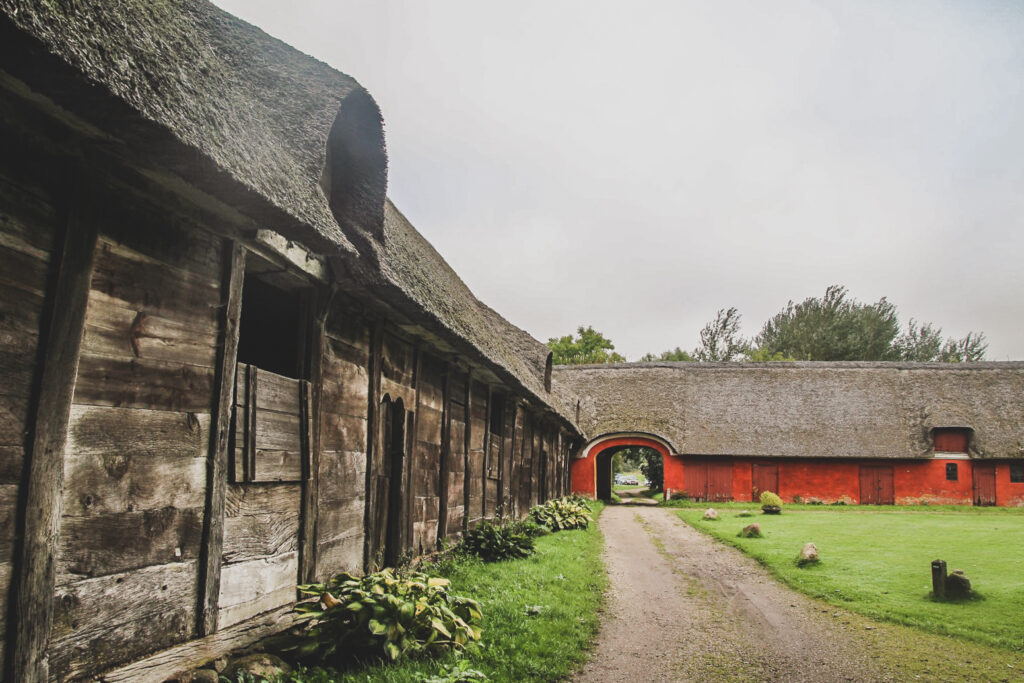
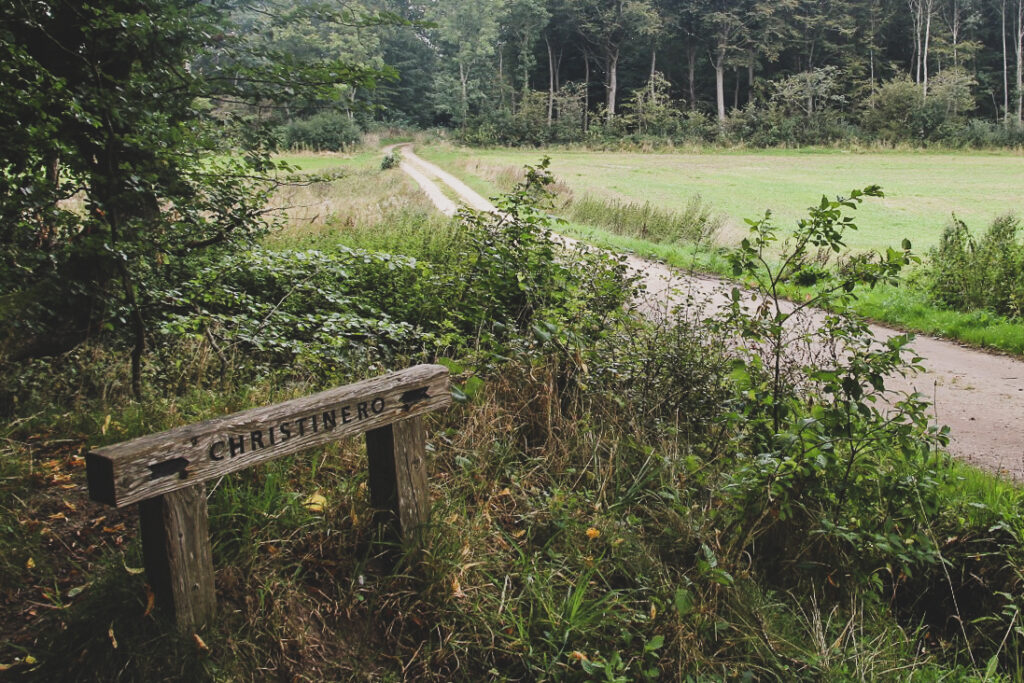
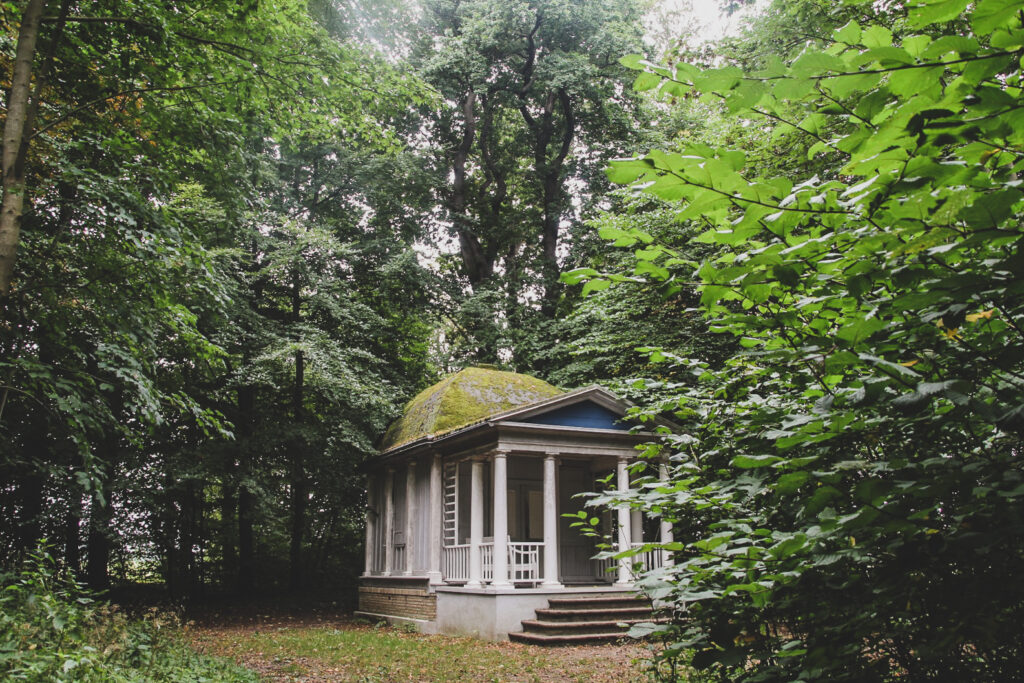
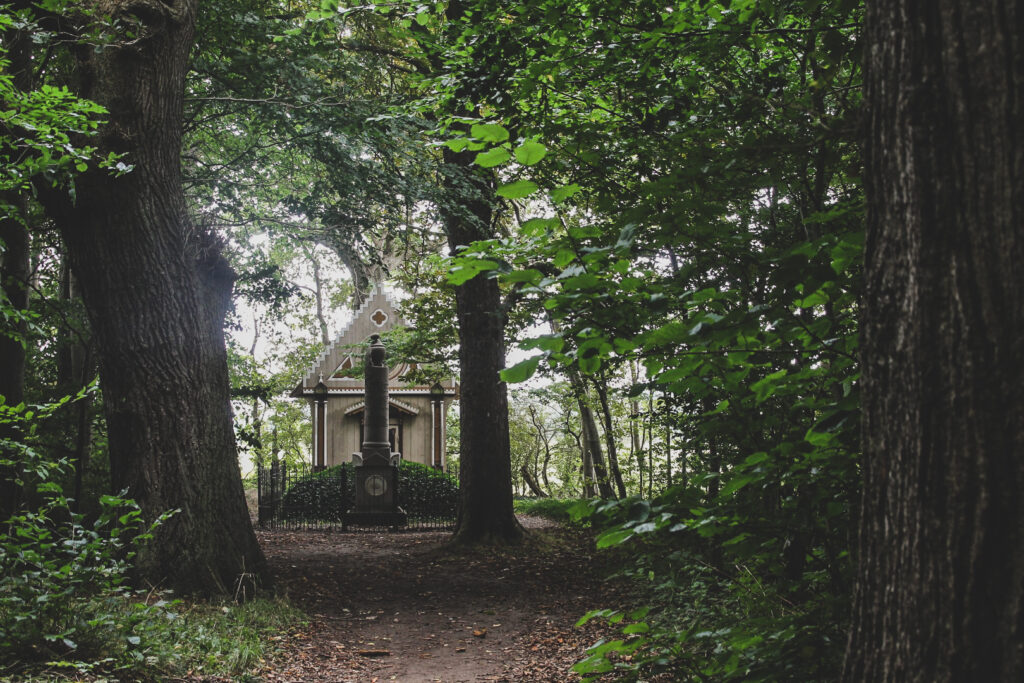
After a peaceful walk in the forest, I drove a few kilometers and entered the town of Christiansfeld. I immediately felt like I’d left Denmark and entered a place I knew nothing about. Except for its geography, Christiansfeld is not Danish in any sense, it has much more of a German feel to it. I wandered around for a while, studying the old buildings and looking in a few cute shops bursting with beautiful wooden artefacts and the traditional Moravian Star which is over 160 years old and is considered the source of all handmade Christmas stars.
Christiansfeld is also well-known for its honey cakes which are baked from a secret recipe from 1783 including an apricot filling and dark chocolate covering. Until 2008, the cakes were baked at an original 18th-century bakery on Lindegade but it has since been renovated to meet new national sanitary standards. However, the recipe is still original. As a vegan, I couldn’t try a honey cake myself, but they sure did look delicious!
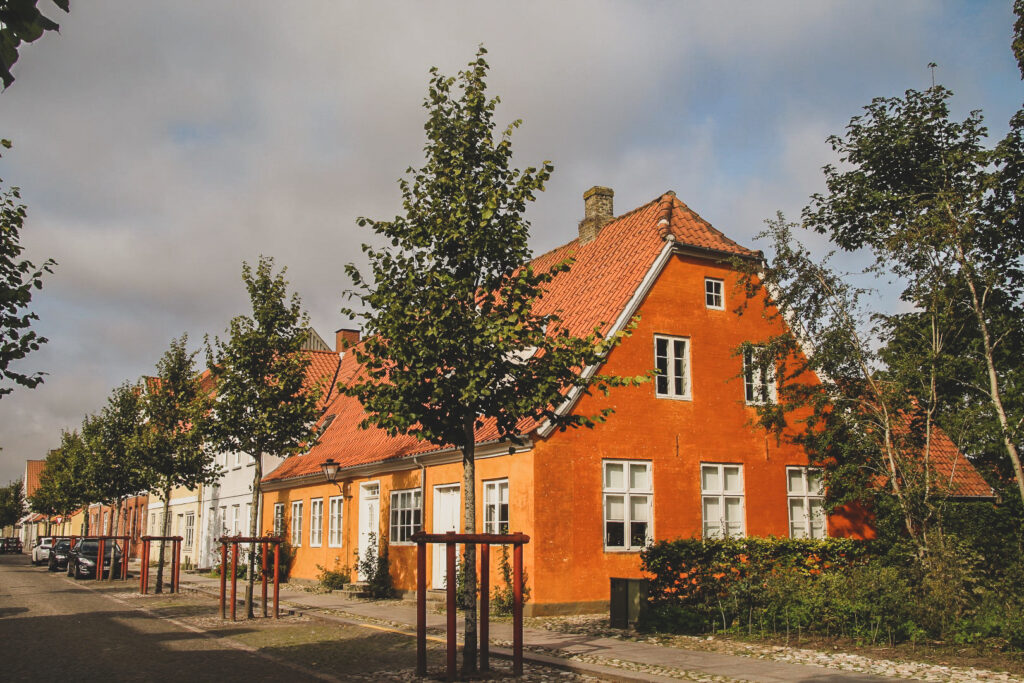
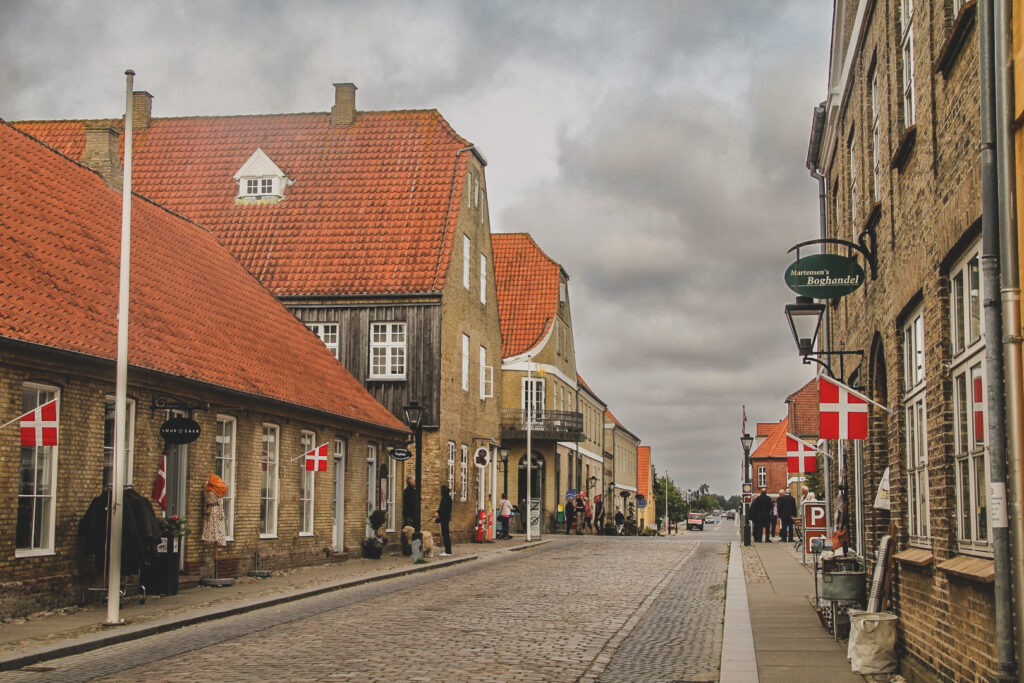
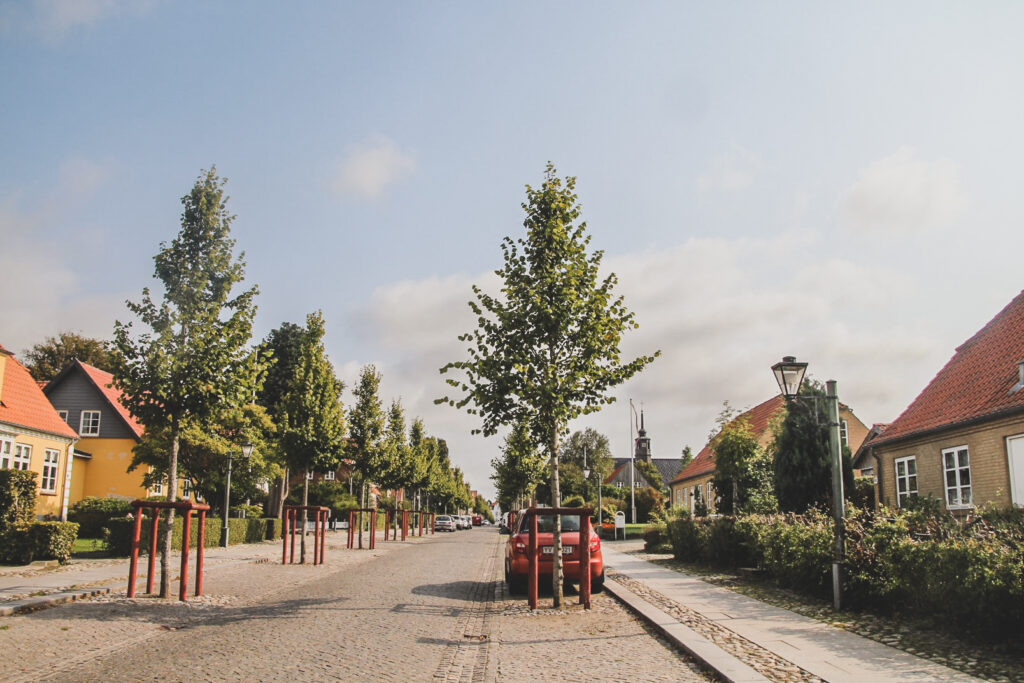
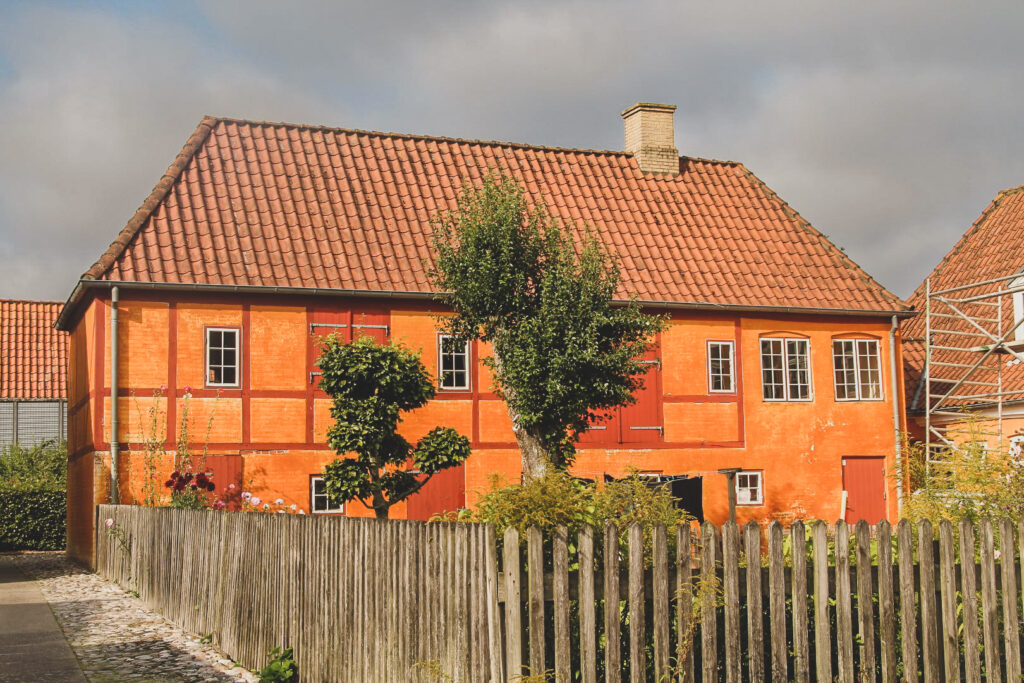
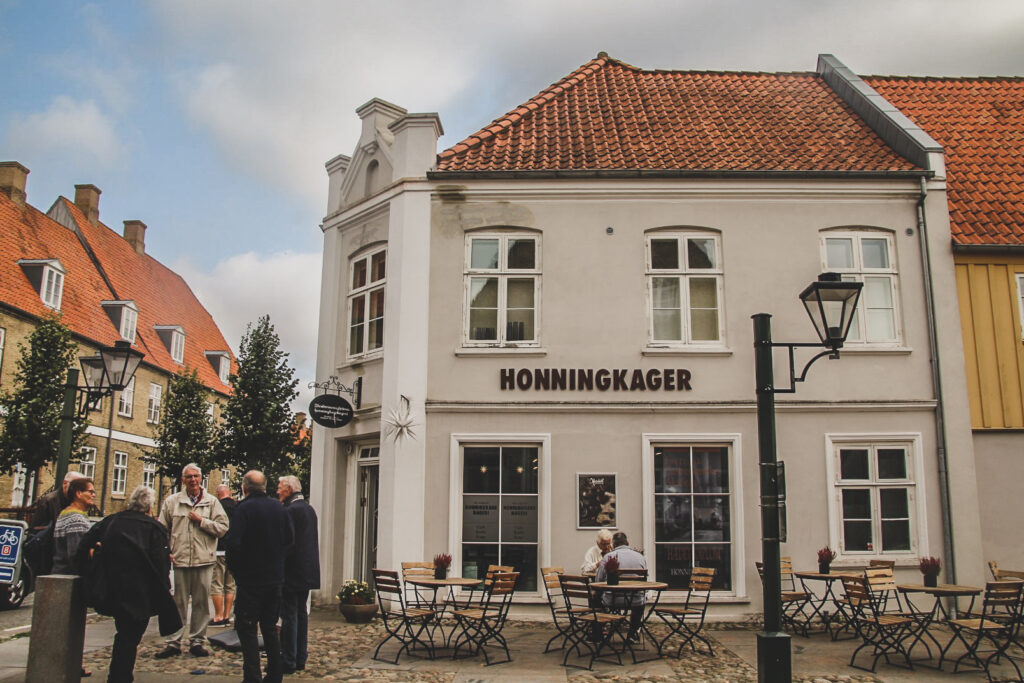

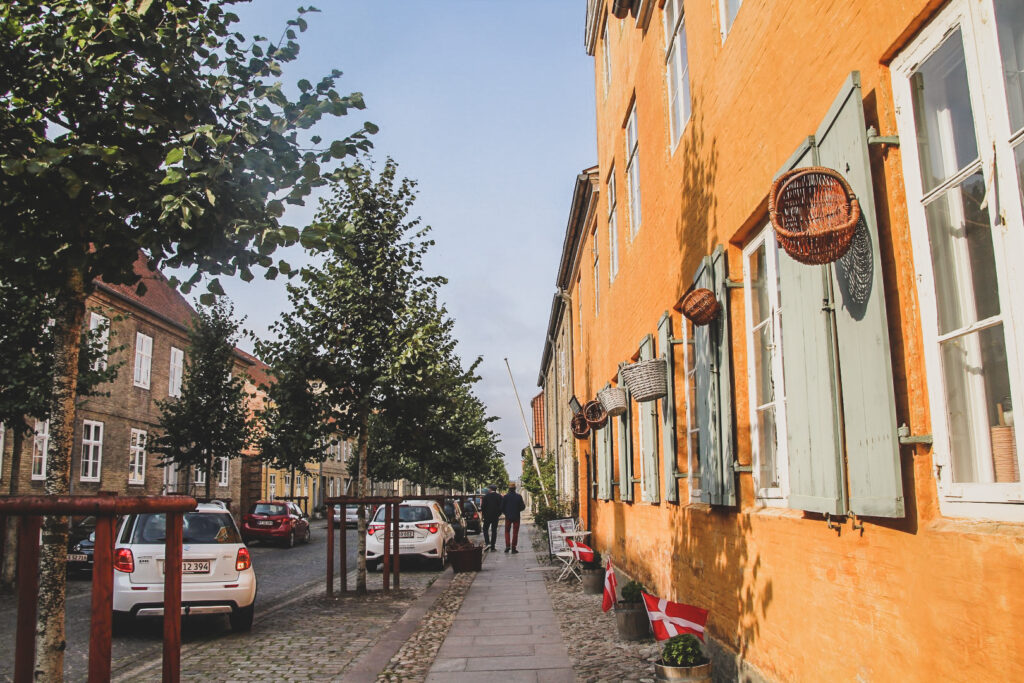
I first became acquainted with the Moravian Church when I lived in Nuuk. The church used to have a settlement there called Ny Herrnhut where missionaries lived and christened many Inuit between 1733 and 1900. The Moravian Church is the oldest active Protestant Christian denomination, dating back to 1457, seventy-nine years before Luther’s protestant reformation. The church teaches the importance of a ‘new birth’ (a spiritual rebirth), piety, evangelism and doing good deeds with the main purpose of building people up in faith, love and hope. Today, the church has around a million members worldwide, many of whom continue their long tradition of missionary work.
The Moravian Church is known for its homogeneous and unadorned architecture, which Christiansfeld is a brilliant example of. The town was built in the years 1773-1800, following a strict city plan inspired by earlier Moravian settlements in Germany. The town was constructed around a central square with the church and other main buildings, bordered by two parallel streets running east to west. Shops, family homes, a hotel and a school were built along the two parallel streets, all constructed with yellow brick and red tile roofs. The egalitarian philosophy of the Moravian Church is expressed in the town planning with huge communal houses for the widows and unmarried members of the congregation. The church, called “Salshuset”, is the largest church room in Denmark without load-bearing columns, with capacity for up to 1000 people!
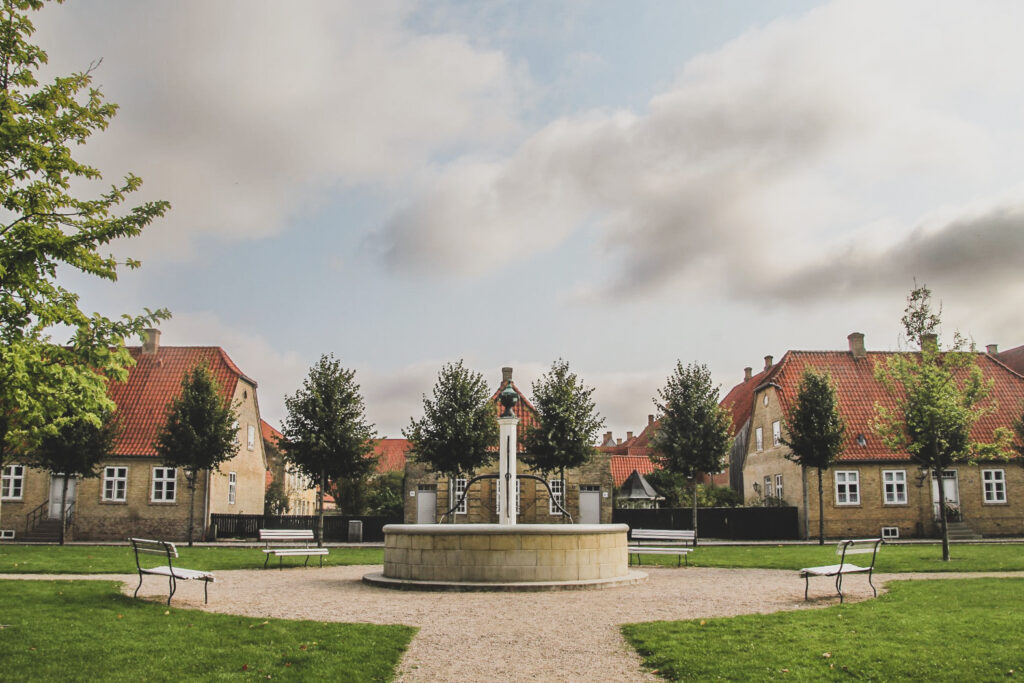
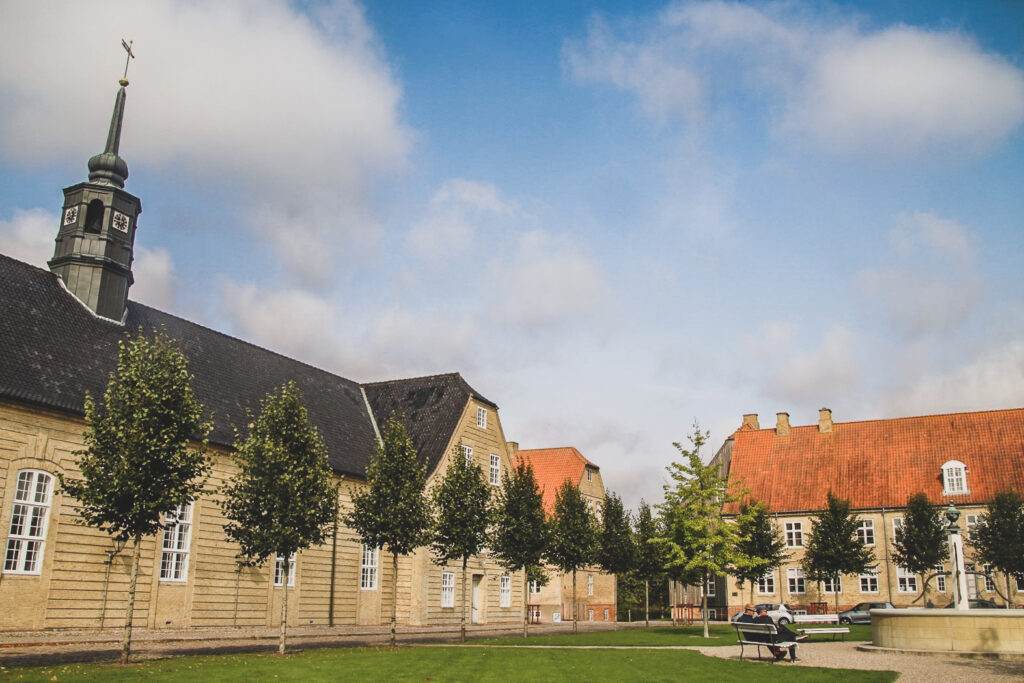
Following Denmark’s defeat in the Second Schleswig War in 1864, Christiansfeld and the rest of Schleswig was ceded to Germany and remained so until 1920 when Northern Schleswig voted to rejoin Denmark. However, after the reunification, the Moravian Church lost some of its rights and could no longer choose the towns’ leadership. In 1920, Christiansfeld had its first mayor who was not a member of the church. The old buildings are still in use today, and many are still owned by the Moravian Church and retain their original uses although there are only 345 active members of the church left in Denmark, 131 of whom reside in Christiansfeld. The town is also home to Tyrstrup Church, an Evangelical Lutheran church from 1862 which stands out among the plain Moravian architecture with its elaborate decorations.
In 1975, Christiansfeld was declared worthy of preservation as the centre of the town stands untouched by modern architecture. In 2015, it was added to the UNESCO World Heritage list as the only town in Denmark, highlighting its status as the best-preserved example of the architecture of the Moravian Church in the world.
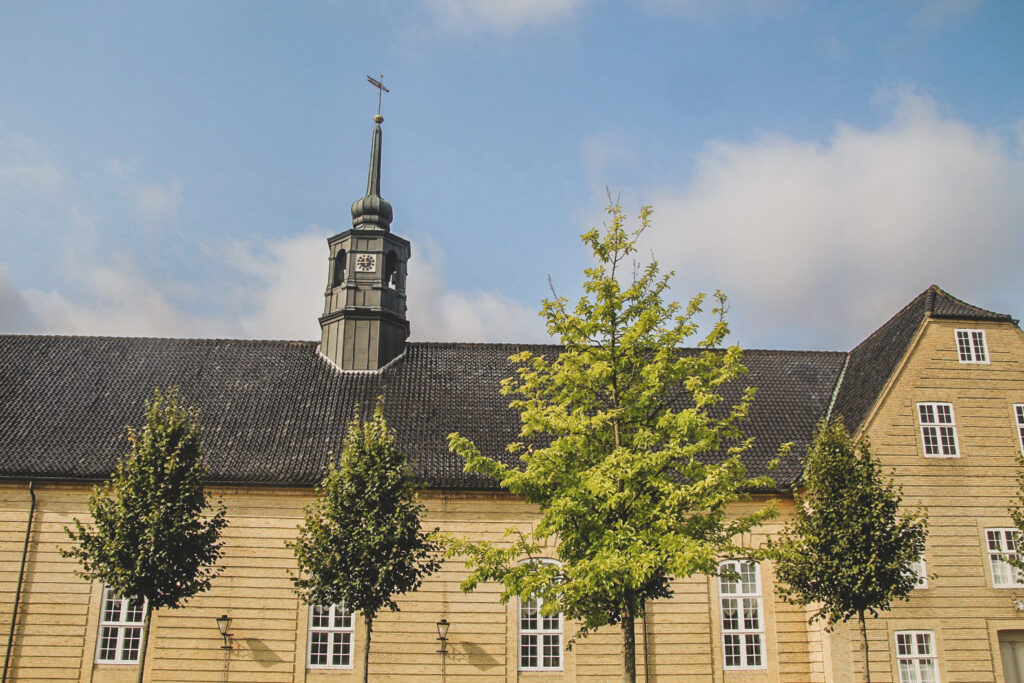

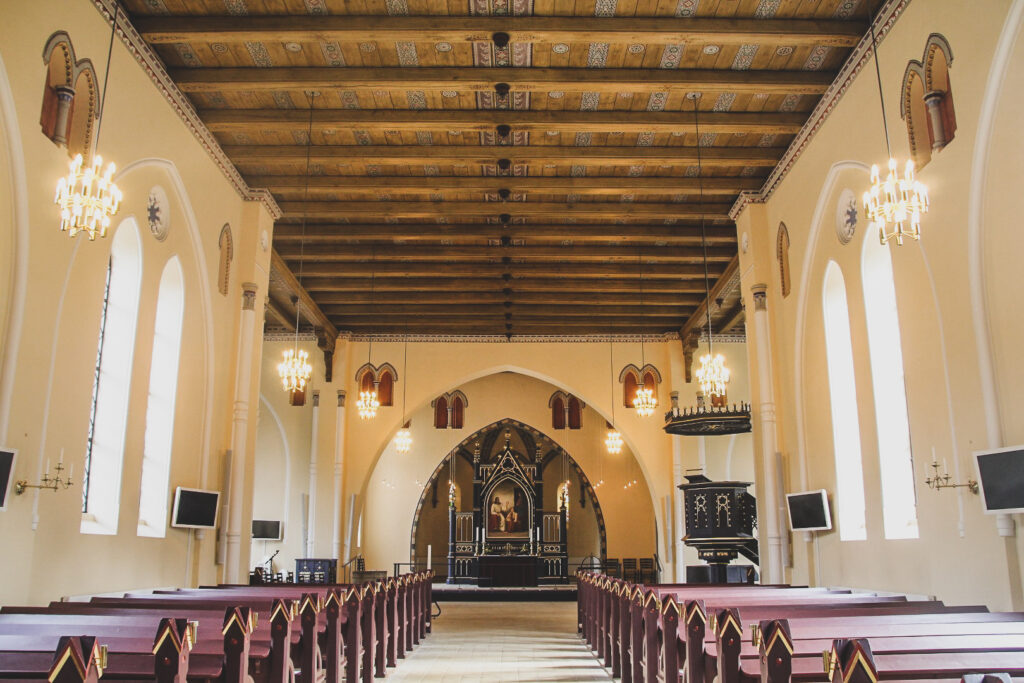
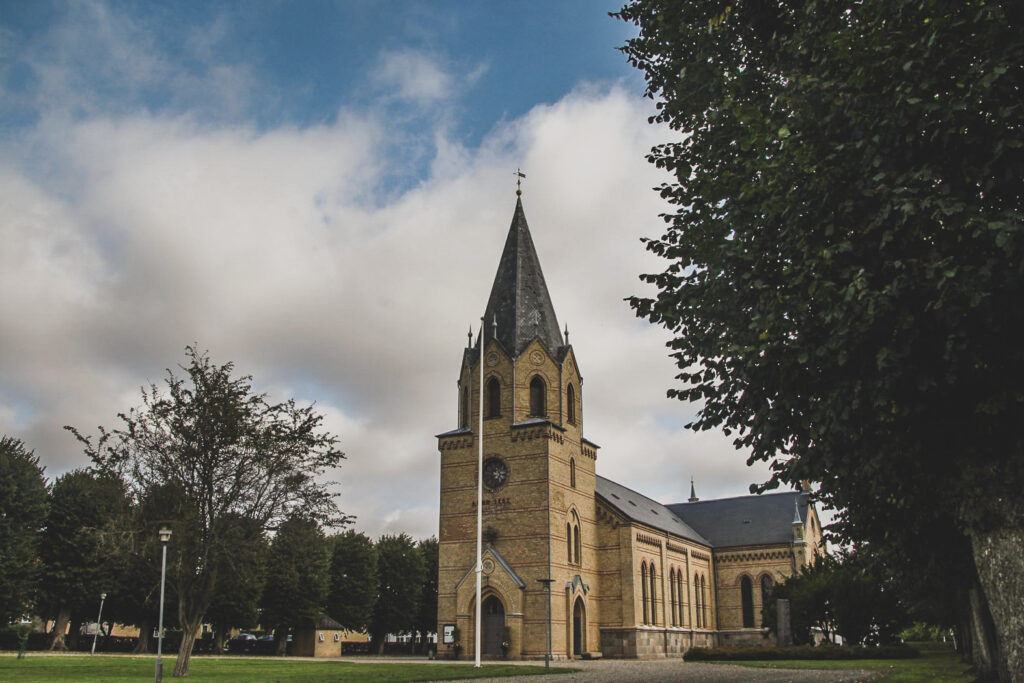

I’m very glad I took the time to see Christiansfeld and get to know Denmark’s only UNESCO town. I would love to return one day, especially for Christmas which is said to be something very special in Christiansfeld. I, for one, cannot imagine a cozier place to get into the Christmas spirit.
WANT MORE INFO?: Download a city guide for Christiansfeld with GPSmyCity here!
Leave a Comment
Pingback: Venture beyond Copenhagen: 20 beautiful places to explore in rural Denmark – Northtrotter on 19/07/2022
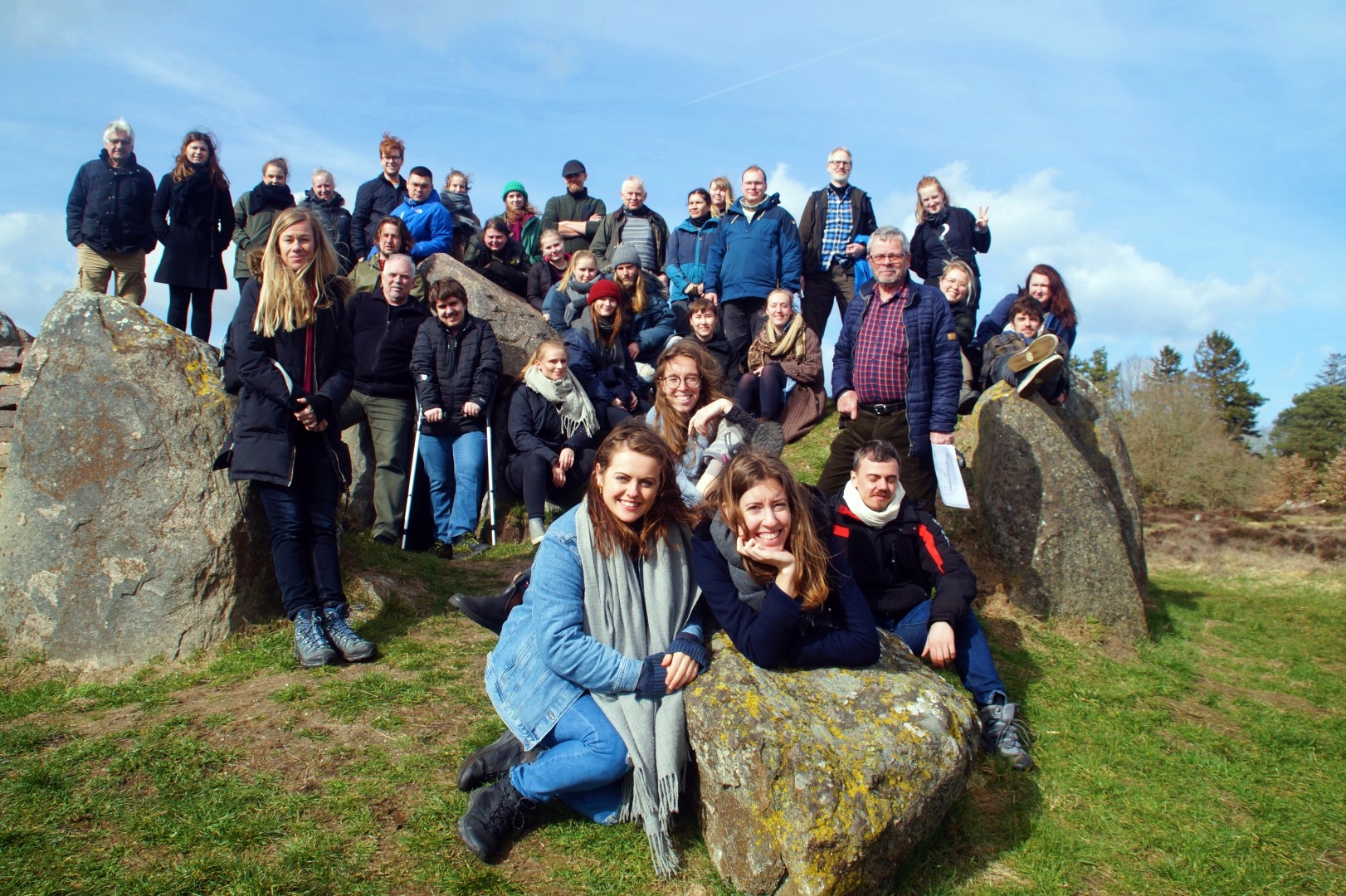



1 COMMENT